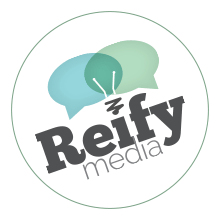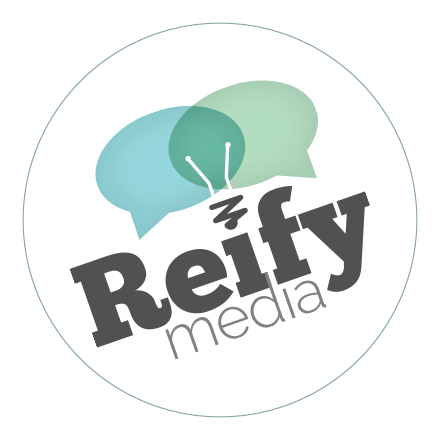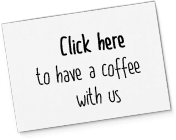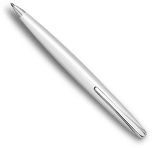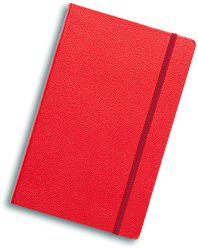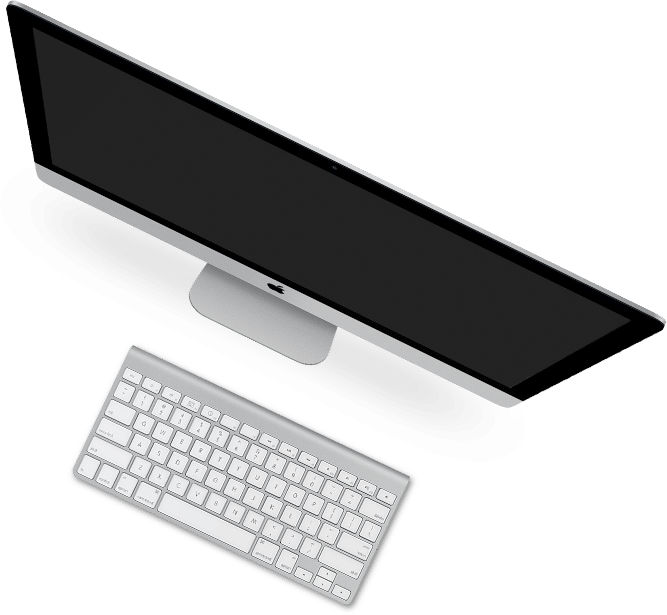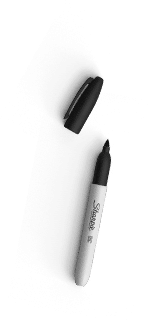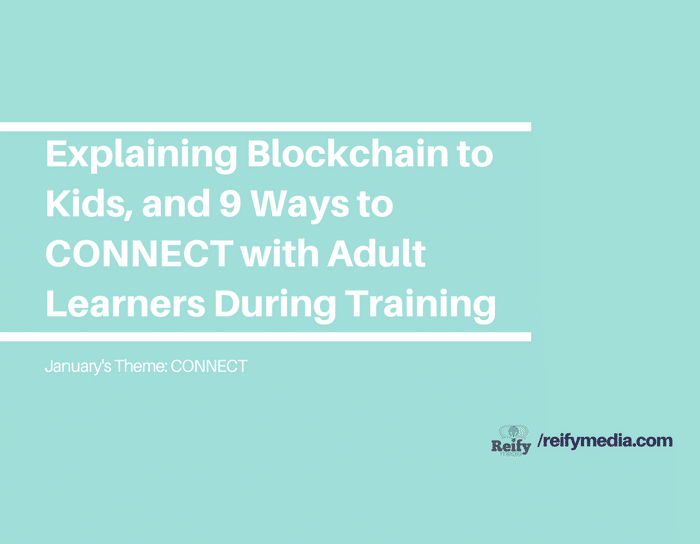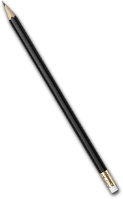Applying this month’s “Connect” Theme to eLearning and Training, with a great example from the viral blockchain video.
Our word this month is “connect”. In our Coffee & Ideas January recap, we talked about how a real connection often requires a disconnection—as in screens down, eyes up, listening ears on.
I know, I know—that sounds like something you’d hear an elementary school teacher say. “Class, turn your listening ears on!” (Stir up any 1st-grade memories?)
But whether we’re in a classroom, or a training room, or an online module, connection can make all the difference. Think about it—when was the last time you felt really connected when learning something? Did you have a manager who painstakingly took the time to walk you through a new process? Or maybe you attended a seminar about something that you were crazy interested in? How did the facilitator capture your attention? What did it feel like the last time you were connected when learning?
At Reify, most of our work focuses on adult learners, through eLearning courses, online modules, webinars, etc. And how do we help our clients connect with their adult learners? (You know, the ones who have phones in their pockets, or even on their wrists? The ones who, apparently, are battling goldfish for worst-attention-span achievement awards?)
Here are a few tried and true strategies that we like to focus on:
Connect the Content to Prior Experiences
If building new information in your brain is like building anything else, then having a foundation first really helps. That’s why some of the best explanations compare something new to something you already know, like in this recently viral example of a blockchain researcher comparing blockchain technology to eBay transactions:
Referred to as constructivist, this theory focuses on the need to build new information on prior knowledge and experiences. Great ways to put this into practice:
- Make sure you understand what your learners already know or don’t know. This is why some courses focus on pre-assessments, or why content is sometimes broken up into “101” and “201” sections. Make sure you understand the foundation first.
- Ask your learners about their experiences with the topic at hand. In the blockchain example, the researcher started by asking the young boy about his experience selling things online. She used that as a foundation, and they built out an understanding for blockchain based on his eBay experience.
- Connect the content to an experience. We recently worked on a module that focused on export controls—the pretty serious federal regulations that focus on what kinds of research you can and can’t take to other countries. When we introduced this topic, we first interviewed faculty about their research travel experiences. We talked about their process preparing for a research conference. Once we had that information, we were better able to tap into ways that export control regulations could fit into whatever processes they already had in place when traveling for research.
Connect with the Participants
Of course, there’s another great way to connect with learners—to connect with them as individuals.
- Meet and greet: If you’re facilitating an in-person session, whether there are 5 or 500 attendees, you can spend some time at the beginning saying hello to a few people.
- Meet and greet online: If you’re conducting a synchronous webinar, a short poll question at the start, whether it’s trivia about the topic at hand or just something conversational (“All-time favorite food?” “Last show or concert you attended?”), can help people become more present and engaged in a session.
- Reflection questions: If the online session is asynchronous, or if it’s an on-demand course, you can still invite learners to connect in the beginning. At the start of the session, ask them to reflect on a relevant recent experience or question. Then they can begin the module with their experiences at the forefront. (Hint: We kinda did this at the start of the article.)
Connect with Why – From Their Perspective
This might be the most important piece—but we left it until the end because, well, you kind of have to build that foundation first.
Once you (1) know how much prior information your learners have and (2) you know a little bit more about them, THEN you can talk about (3) why they’re there.
In the blockchain example, the speaker learned more about the children before adapting her explanation to them, making the information more relevant.
Here’s are some ways we think about “the why”:
- Will the training help them do their job a bit faster? Or a bit more accurately? In other words, does it help improve their skillset?
- Could the session help them reduce the paperwork they have to do? Maybe it won’t necessarily improve their skills, but maybe there’s some tangible life/work benefit? Some way it could increase their confidence or reduce their workload?
- Might the information be a way they can improve the visibility of their work? Will it help their work to be shared, or make their work more accessible in other departments?
In other words — what’s in it for them? What will this training help them to do? (Hint: If the answer is just “do their jobs the way the should,” that is an answer, but maybe not a convincing one.)
If you can answer these questions, then do so—and share your answers. Share the “WIIFM” – the “What’s In It for Me” – as soon as you can. Like, the first minute…. the second slide… you get the point. As quickly as you can, let people know what amazing things they’re going to get out of the session/class/training. Take that, goldfish!
Thanks for checking out our second post on our theme of #connect. The theme words are a part of our Coffee & Ideas series, which is our initiative to host monthly free coffee events at local co-working spaces around Raleigh. Not local? Celebrate from afar with our coffee-themed infographic.
Check back with us on January 31st—that’s when we’re debuting our brand new website. Stay tuned!
Additional Resources:
- Presentations or Training: Know Your Audience First. Ian Brownlee, the founder of Brownlee & Associates.
- Huang, H. M. (2002). Toward constructivism for adult learners in online learning environments. British Journal of Educational Technology, 33(1), 27-37.
- Everything you always wanted to know about constructivism in lifelong learning… …but you were too ashamed to ask. European Infonet Adult Education.
- How to Teach Adult Learners. New Learning Times.
